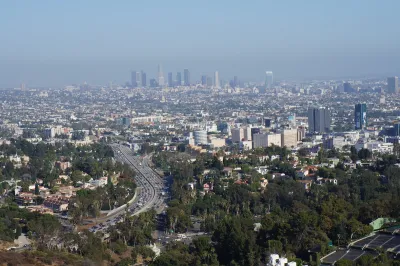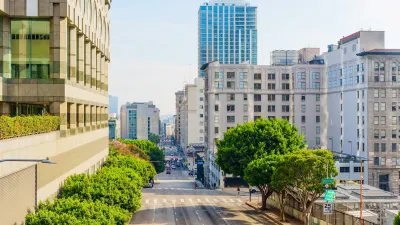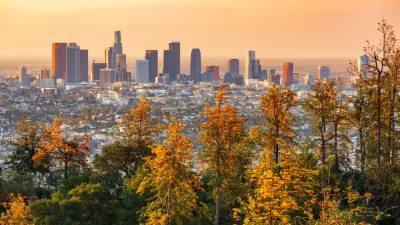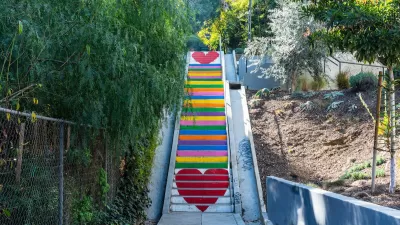A new USC study finds that relaxing Los Angeles’ outdated tree planting guidelines could significantly expand urban tree canopy and reduce shade disparities in lower-income neighborhoods, though infrastructure investments are also needed.

A new study by USC Dornsife’s Spatial Sciences Institute and Public Exchange reveals that Los Angeles’ strict and outdated tree planting rules are contributing to urban heat disparities, especially in under-resourced areas like Boyle Heights. These rules, originally created to protect infrastructure and public safety, are now limiting tree growth and widening the city’s “shade gap.” The researchers found that most of these restrictions are not codified in law but exist as internal city guidelines, which could be revised more easily to allow for more trees without compromising safety.
To explore the impact of looser planting regulations, the research team compared tree-planting capacity in Boyle Heights and Studio City. Though both areas share similar physical characteristics, Studio City has significantly more trees. Using mapping software and modeling more flexible guidelines seen in other California cities, the study found that Boyle Heights’ potential tree coverage could increase by 26 percent. However, narrow sidewalks and existing infrastructure still limit the types of trees that can be planted, with fewer large-canopy trees feasible in denser, lower-income neighborhoods.
The study also highlights how even small changes to planting guidelines — such as relaxing spacing around intersections, utility poles, and driveways — can significantly expand tree canopy in constrained areas. Since many of L.A.’s current rules are already widely violated without evident safety issues, researchers argue that updating internal guidelines is both practical and impactful. Still, to fully close the shade gap, broader infrastructure investments — like narrowing roads to create planting space — will be necessary. This research underscores the importance of rethinking urban forestry practices as a strategy for climate resilience and environmental justice.
FULL STORY: How changing L.A.’s tree rules could cool more neighborhoods

Trump Administration Could Effectively End Housing Voucher Program
Federal officials are eyeing major cuts to the Section 8 program that helps millions of low-income households pay rent.

Planetizen Federal Action Tracker
A weekly monitor of how Trump’s orders and actions are impacting planners and planning in America.

The 120 Year Old Tiny Home Villages That Sheltered San Francisco’s Earthquake Refugees
More than a century ago, San Francisco mobilized to house thousands of residents displaced by the 1906 earthquake. Could their strategy offer a model for the present?

HSR Reaches Key Settlement in Northern California City
The state’s high-speed rail authority reached an agreement with Millbrae, a key city on the train’s proposed route to San Francisco.

Washington State Legislature Passes Parking Reform Bill
A bill that would limit parking requirements for new developments is headed to the governor’s desk.

Missouri Law Would Ban Protections for Housing Voucher Users
A state law seeks to overturn source-of-income discrimination bans passed by several Missouri cities.
Urban Design for Planners 1: Software Tools
This six-course series explores essential urban design concepts using open source software and equips planners with the tools they need to participate fully in the urban design process.
Planning for Universal Design
Learn the tools for implementing Universal Design in planning regulations.
Ada County Highway District
Clanton & Associates, Inc.
Jessamine County Fiscal Court
Institute for Housing and Urban Development Studies (IHS)
City of Grandview
Harvard GSD Executive Education
Toledo-Lucas County Plan Commissions
Salt Lake City
NYU Wagner Graduate School of Public Service





























